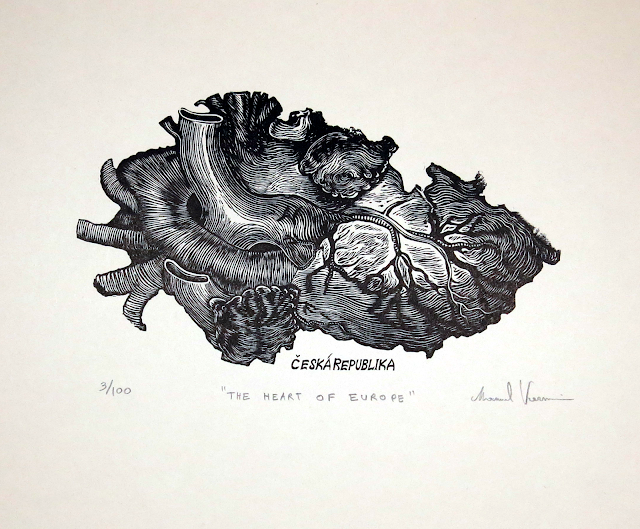

While it gradually lost the flexibility to cope with political, economic, and social changes, the Empire was far from being in crisis until the onslaught of the French revolutionary wars, when a crushing defeat by Napoleon at Austerlitz compelled Francis II to dissolve his realm. Heart of Europe traces the empire from its origins within Charlemagnes kingdom in 800 to its demise in 1806. Though the title of Holy Roman Emperor retained prestige, rising states such as Austria and Prussia wielded power in a way the Empire could not. Wilson shows, the Holy Roman Empire tells a millennial story of Europe better than the histories of individual nation-states. The source of its continuity and legitimacy was the ideal of a unified Christian civilization, but this did not prevent emperors from clashing with the pope over supremacy - the nadir being the sack of Rome in 1527 that killed 147 Vatican soldiers. Yet the Empire remained stubbornly abstract, with no fixed capital and no common language or culture. By the mid-tenth century its core rested in the German kingdom, and ultimately its territory stretched from France and Denmark to Italy and Poland. Heart of Europe traces the Empire from its origins within Charlemagne's kingdom in 800 to its demise in 1806. And its legacy can be seen today in debates over the nature of the European Union.


Yet as Peter Wilson shows, the Holy Roman Empire tells a millennial story of Europe better than the histories of individual nation-states. Voltaire distilled the disdain of generations when he quipped it was neither holy, Roman, nor an empire. Yet this formidable dominion never inspired the awe of its predecessor. The Holy Roman Empire lasted a thousand years, far longer than ancient Rome.


 0 kommentar(er)
0 kommentar(er)
